The Countries With the Cleanest Air
The fine particles of air pollution from wildfires, combustion engines, coal burning and industrial processes can cause serious health problems. These are the places that had the lowest annual average of fine particulate matter.
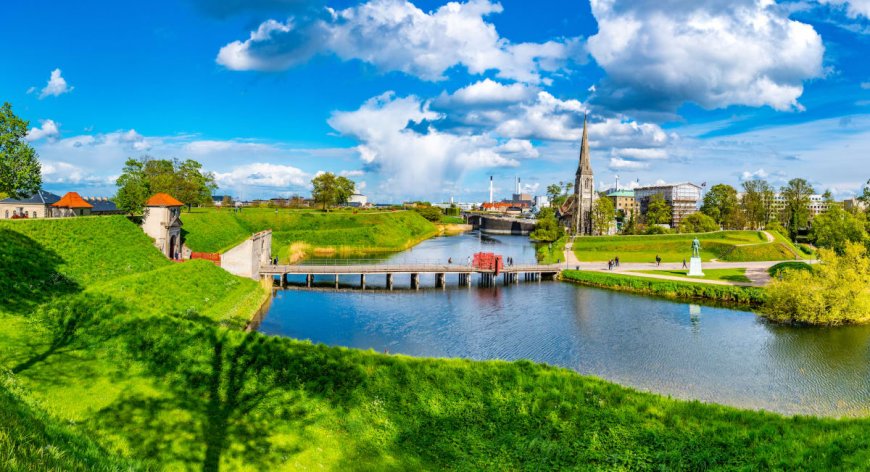
Air pollution was front and center once again in early June, when the skies over New York City turned an apocalyptic orange as smoke and ash from fires in Canada blanketed the region.
As many as 120 million people in 18 U.S. states were warned of air quality that was considered unhealthy for anyone.
Canada’s wildfires this year came earlier and fiercer than usual and have burned over 10 million acres. Heat and drought associated with global warming are major reasons for the increase and a contributor to bigger fires that have spread across every province. The situation has been made worse by a shortage of firefighters.
Poor air led to the cancellation of some events associated with Fête nationale, or St-Jean-Baptiste Day, one of Quebec’s biggest holidays.
The size of the particles that fill the air is directly linked to their potential for causing health problems.
Fine particles, called PM2.5, (particulate matter that is 2.5 microns or less in diameter -- about 30 times smaller than the width of a human hair) pose the greatest health risk, according to the EPA.
In June New York State warned residents that particles in the PM2.5 size range can travel deep into the respiratory tract and can cause short-term health effects such as eye, nose, throat and lung irritation, coughing, sneezing, runny nose and shortness of breath.
PM2.5 is of the six major air pollutants commonly factored in determining air quality and is considered the most harmful, according to a report on world air quality by IQAir. That's the Swiss technology company that operates a free real-time air quality information platform and collaborates globally with governments and organizations to improve air quality.
These fine particles are produced in nature by wildfires, dust storms and sand storms; as well as by human activity such as combustion engines, power generation, industrial and agricultural processes, construction, and wood and coal burning, the IQAir report says.
IQAir’s 2022 World Air Quality Report reviewed the status of air quality worldwide for that year, looking at PM2.5 air quality data from 7,323 cities in 131 countries, regions, and territories. Data were aggregated from measurements taken from over 30,000 global air quality monitoring stations.
Residents of the northeastern U.S. wouldn't have believed it this year, but the U.S. ranked in the top 33 in 2022. Here are those countries, regions and territories with the cleanest air averages. 2022 average PM2.5 concentration: 8.9 micrograms per cubic meter In January 2023, the EPA decided to revise the primary, health-based annual PM2.5 standard from its current level of 12 micrograms per cubic meter to within the range of 9 to 10. The World Health Organization’s guideline for annual PM2.5 concentrations is 5 micrograms per cubic meter.
2022 average PM2.5 concentration: 8.9
2022 average PM2.5 concentration: 8.9
2022 average PM2.5 concentration: 8.8
2022 average PM2.5 concentration: 8.6
2022 average PM2.5 concentration: 8.3
2022 average PM2.5 concentration: 8.3
2022 average PM2.5 concentration: 8.1
Shutterstock 2022 average PM2.5 concentration: 7.9 >> Plus: The Deadliest Volcanoes in the World
2022 average PM2.5 concentration: 7.7
Shutterstock 2022 average PM2.5 concentration: 7.5
2022 average PM2.5 concentration: 7.4
Photo: Shutterstock 2022 average PM2.5 concentration: 7.4
2022 average PM2.5 concentration: 7.3
Shutterstock 2022 average PM2.5 concentration: 7.0
2022 average PM2.5 concentration: 7.0
Photo: Curioso / Shutterstock 2022 average PM2.5 concentration: 6.2
2022 average PM2.5 concentration: 5.6
Shutterstock 2022 average PM2.5 concentration: 5.4
2022 average PM2.5 concentration: 5.1 Following are the 13 countries, mostly islands, out of the 131 countries and regions included in the report that succeeded in achieving PM2.5 concentrations at or below the World Health Organization’s guideline for annual concentrations of 5 micrograms per cubic meter.
Shutterstock 2022 average PM2.5 concentration: 5.0 >> Plus: The Best U.S. Cities for People With Hay Fever (and How to Limit Your Exposure to Pollen)
2022 average PM2.5 concentration: 4.9
2022 average PM2.5 concentration: 4.8
2022 average PM2.5 concentration: 4.3
2022 average PM2.5 concentration: 4.2
Shutterstock
2022 average PM2.5 concentration: 3.8
Shutterstock 2022 average PM2.5 concentration: 3.5
2022 average PM2.5 concentration: 3.4
2022 average PM2.5 concentration: 3.3
2022 average PM2.5 concentration: 3.0
2022 average PM2.5 concentration: 2.9
2022 average PM2.5 concentration: 2.5
Shutterstock 2022 average PM2.5 concentration: 1.3
Shutterstock
33. United States
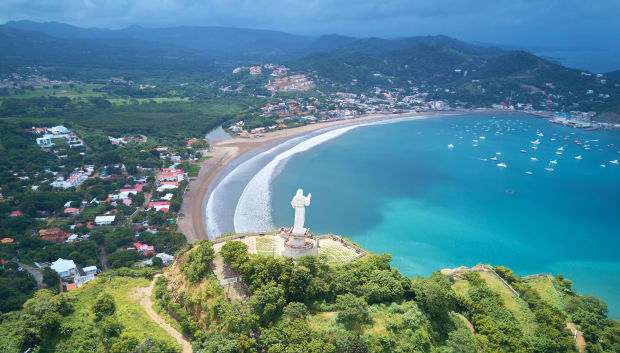
32. Nicaragua

31. United Kingdom
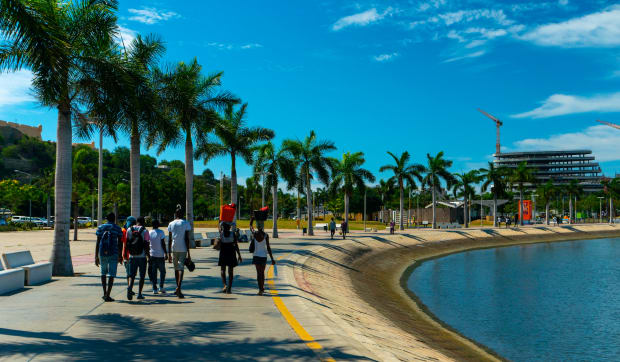
30. Angola
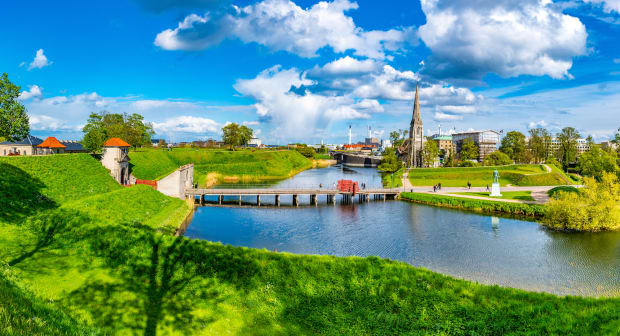
29. Denmark

28. Cambodia
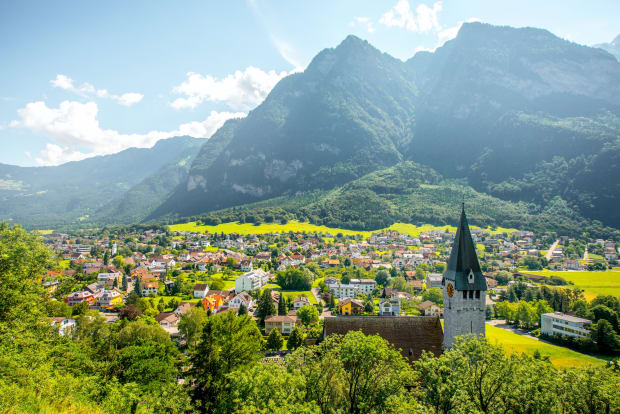
27. Liechtenstein
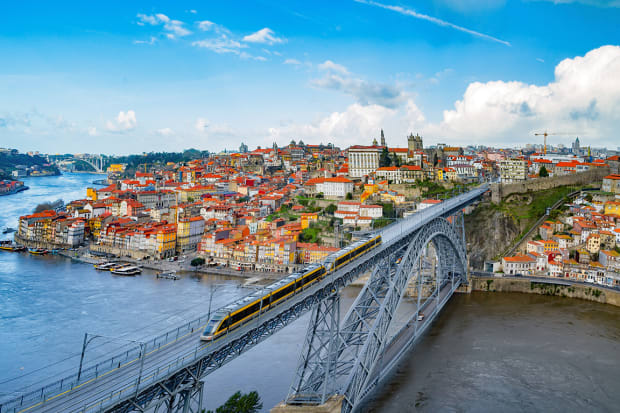
26. Portugal
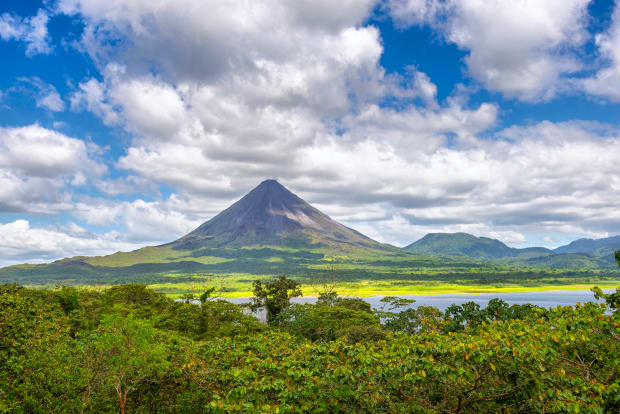
25. Costa Rica
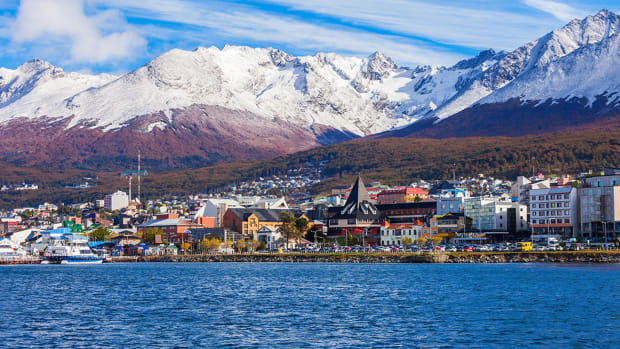
24. Argentina

23. Ireland

22. Luxembourg

21. Canada

20. Bolivia
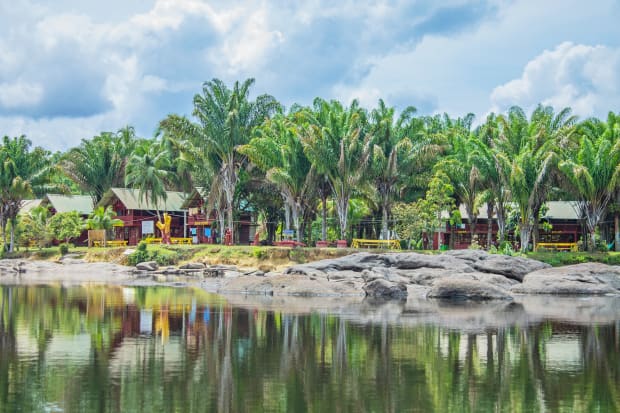
19. Suriname
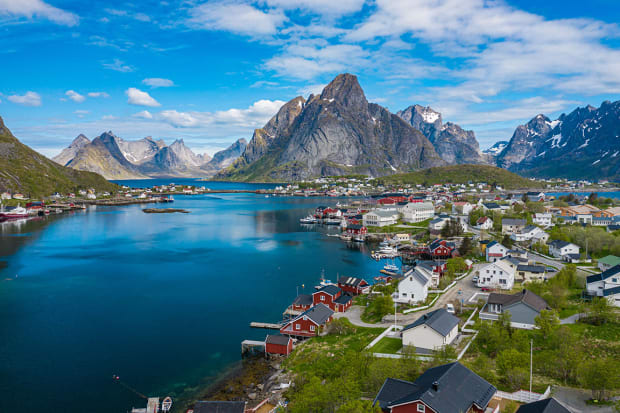
18. Norway
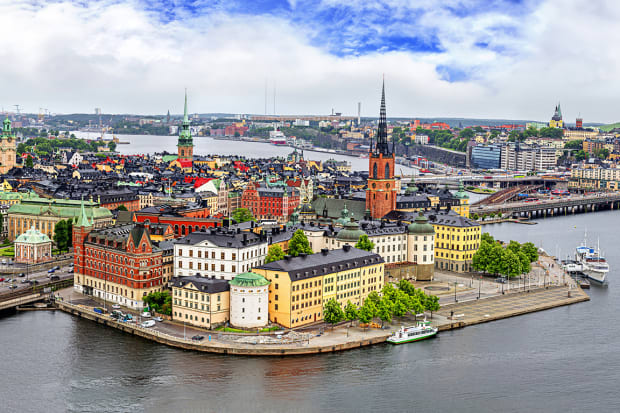
17. Sweden

16. Belize
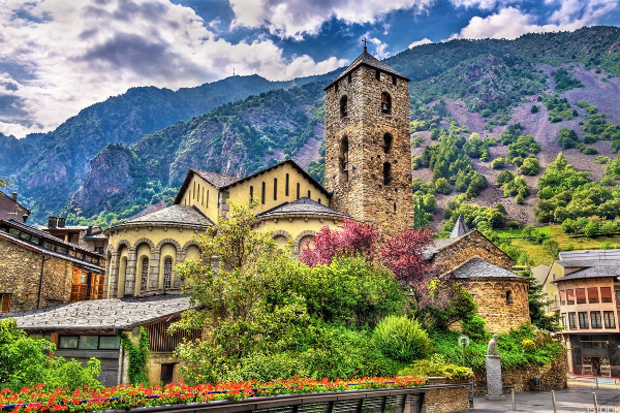
15. Andorra
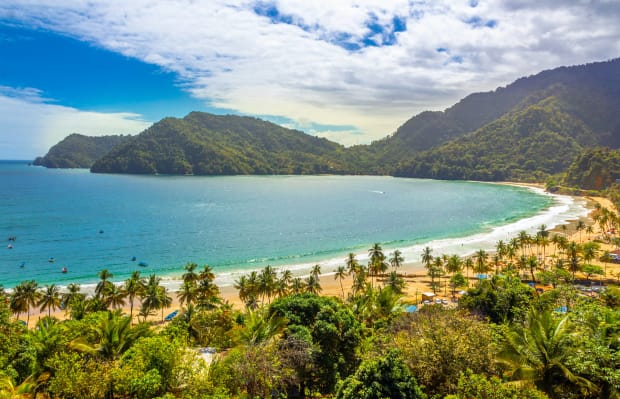
14. Trinidad and Tobago
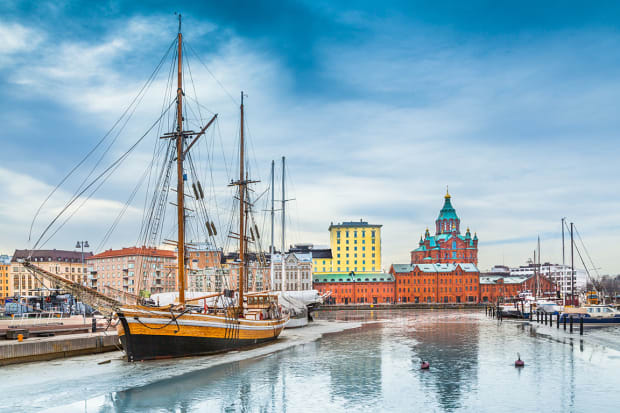
13. Finland
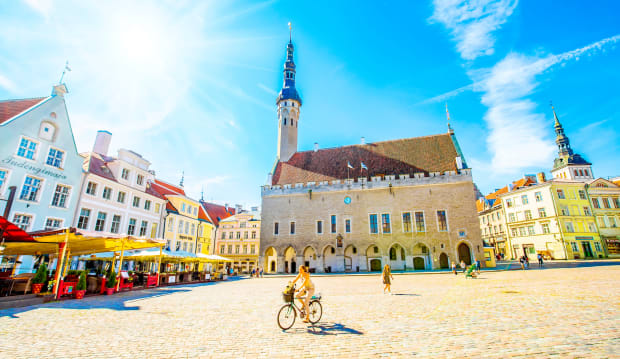
12. Estonia
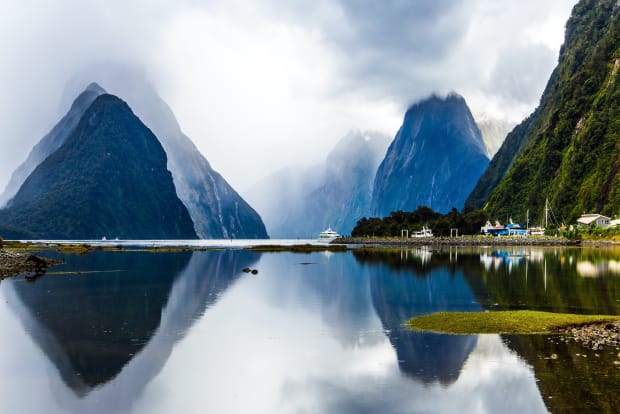
11. New Zealand
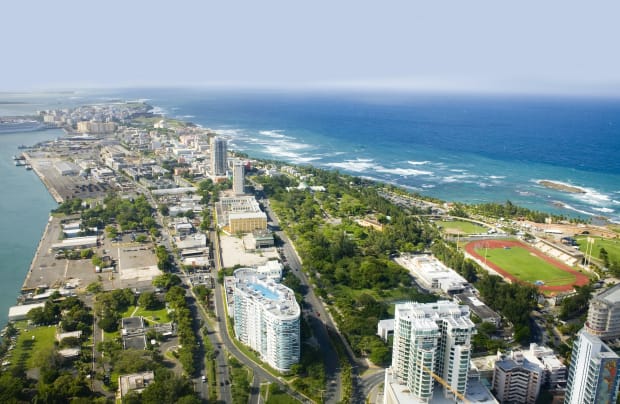
10. Puerto Rico
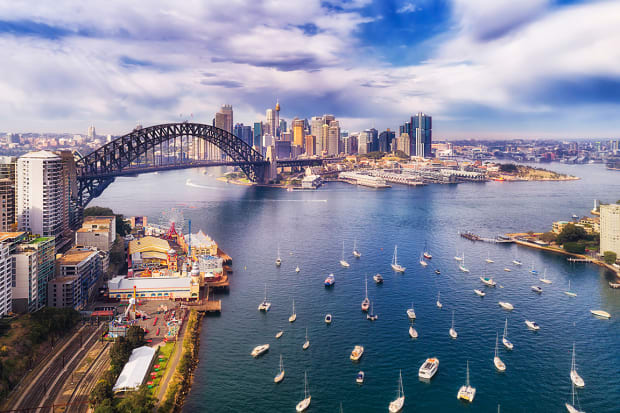
9. Australia
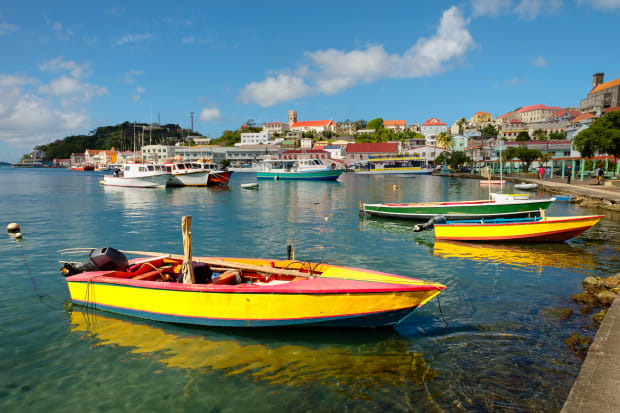
8. Grenada
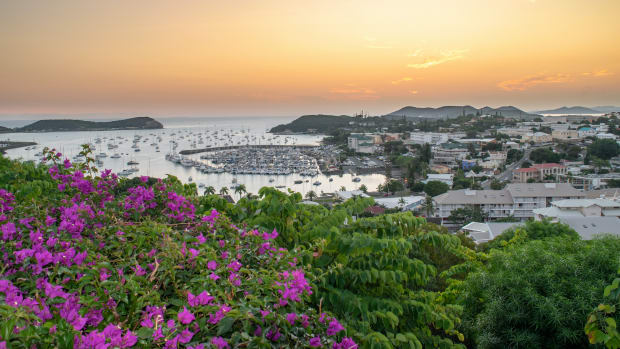
7. New Caledonia

6. Iceland
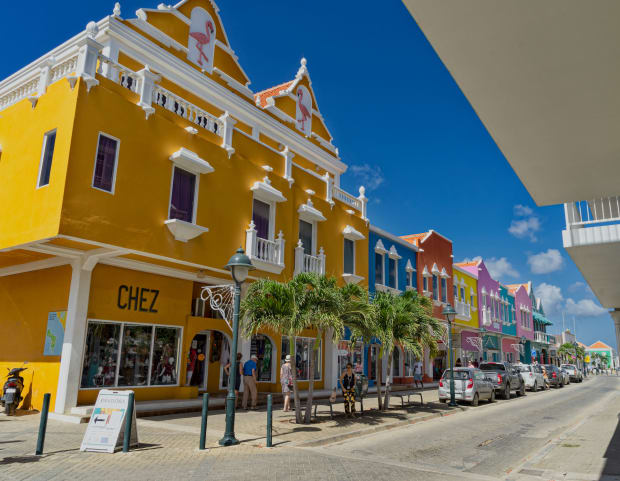
5. Bonaire, Sint Eustatius and Saba
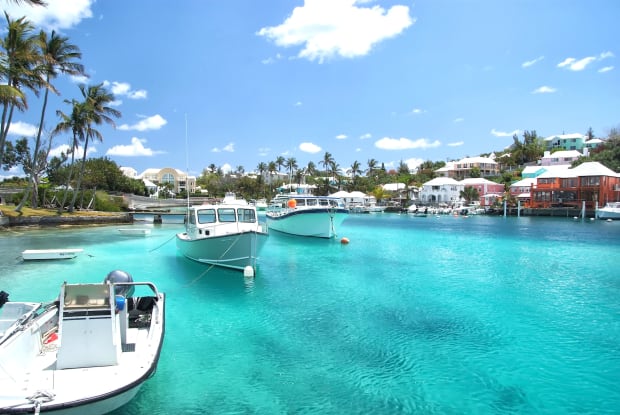
4. Bermuda

3. U.S. Virgin Islands

2. French Polynesia
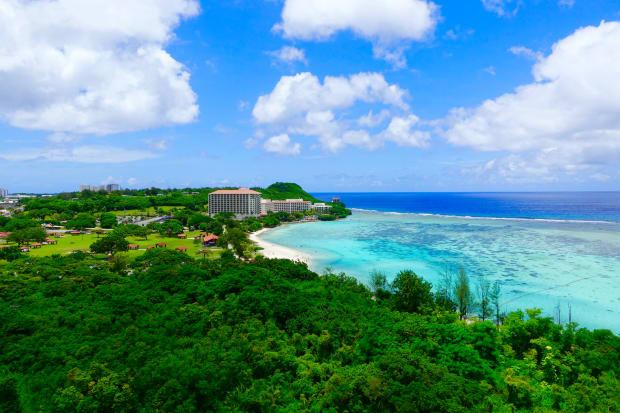
1. Guam
>> Related: The Capital Cities With the Worst Air Pollution In the World
What's Your Reaction?

























































